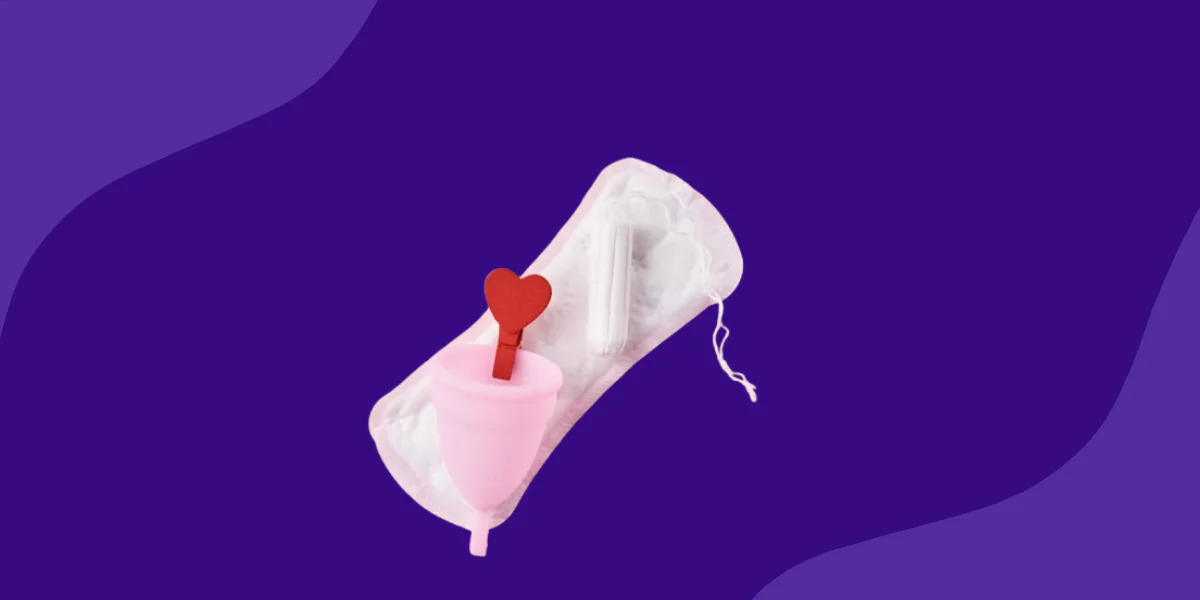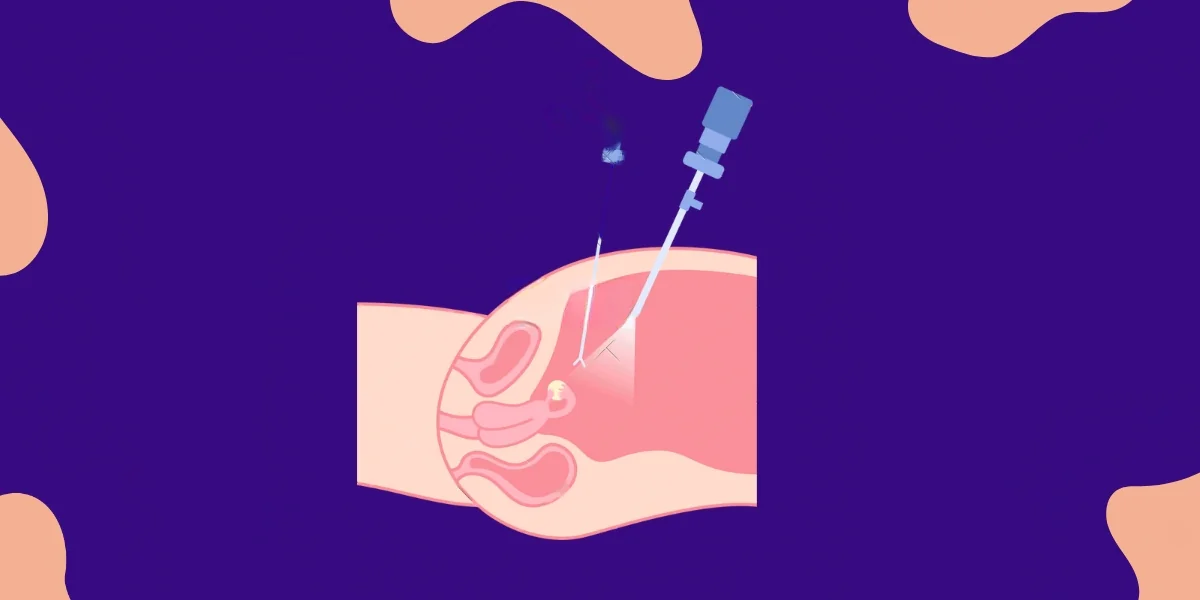Understanding the Side Effects of Tampons
Tampons are a popular menstrual product among women, especially for those who lead active lifestyles. However, it’s crucial to be aware of the potential side effects of tampons to ensure their safe use. While tampons provide comfort and convenience, they can also pose health risks like irritation, infections, and even a rare condition called Toxic Shock Syndrome (TSS). This article explores the side effects of tampons, how to use them safely, and what to keep in mind while choosing a tampon for your needs.
1. Skin Irritation and Vaginal Dryness
Tampons can sometimes cause skin irritation or vaginal dryness, particularly if they are worn for longer than recommended or if the absorbency level is too high. The delicate skin inside the vagina may become dry or irritated, leading to discomfort. This is especially common among women with sensitive skin or those prone to allergies. To minimize this side effect, opt for tampons with lower absorbency and change them every 4-6 hours.
2. Risk of Infections
Using tampons for prolonged periods or not following proper hygiene practices can increase the risk of infections like bacterial vaginosis or yeast infections. When a tampon is left inside for too long, it creates a warm and moist environment, which can be a breeding ground for bacteria. Symptoms of infections may include itching, unusual discharge, or a strong odor. To reduce this risk, always wash your hands before inserting or removing a tampon and ensure you change it every 4-6 hours.
3. Toxic Shock Syndrome (TSS)
Toxic Shock Syndrome (TSS) is a rare but potentially life-threatening condition associated with tampon use. It is caused by toxins produced by Staphylococcus aureus bacteria. TSS can occur when tampons are left inside for longer than the recommended duration, especially high-absorbency tampons. Symptoms of TSS include high fever, sudden drop in blood pressure, rash, vomiting, and confusion. If any of these symptoms appear while using a tampon, seek medical attention immediately. To prevent TSS, use the lowest absorbency needed and avoid wearing tampons overnight.
4. Allergic Reactions
Some tampons contain fragrances, dyes, or certain materials that can cause allergic reactions in sensitive individuals. These additives can irritate the vaginal lining, leading to itching, redness, or swelling. It is advisable to choose fragrance-free and hypoallergenic tampons to minimize the risk of allergic reactions. Opting for organic cotton tampons may also be beneficial for those with sensitive skin.
5. Impact on pH Balance
Tampons can absorb not only menstrual blood but also natural vaginal moisture, potentially disrupting the pH balance. A healthy vaginal pH is crucial for maintaining the balance of good bacteria that protect against infections. Using tampons that are too absorbent can lead to a decrease in moisture and alter the vaginal environment, making it more susceptible to infections. To maintain pH balance, consider alternating between tampons and other menstrual products like pads or menstrual cups during lighter flow days.
6. Difficulty in Removal
If a tampon is inserted incorrectly or is not fully saturated, it may become difficult or uncomfortable to remove. This can cause discomfort and, in rare cases, even minor injuries to the vaginal walls. If you experience resistance while removing a tampon, it’s best to wait a little longer or use a smaller size. Remember to never use force while removing a tampon.
7. Environmental Concerns
Although not a direct side effect on health, tampons contribute to environmental waste, particularly those with plastic applicators. Many women in India are becoming more conscious of their environmental impact and are looking for eco-friendly menstrual options. While this doesn’t affect the body directly, it is a consideration for those looking to reduce their ecological footprint. Reusable options like menstrual cups or organic cotton tampons with biodegradable packaging are better alternatives.
Safety Tips for Using Tampons
- Choose the Right Absorbency: Use tampons with the lowest absorbency necessary for your flow. Avoid using super-absorbent tampons unless absolutely needed.
- Change Tampons Regularly: Change your tampon every 4-6 hours to minimize the risk of infections and TSS.
- Practice Good Hygiene: Always wash your hands before inserting or removing a tampon to reduce the risk of bacterial contamination.
- Avoid Using Overnight: If possible, switch to pads or menstrual cups at night to reduce the risk of TSS.
- Check for Allergies: Choose unscented and hypoallergenic tampons to prevent allergic reactions or irritation.
When to Consult a Doctor
If you experience symptoms like persistent itching, burning, unusual discharge, or any signs of TSS while using tampons, consult a healthcare provider immediately. Women with a history of frequent infections or those who have recently given birth should discuss tampon use with their doctor before resuming.
Tampons and Indian Women: A Growing Trend
In India, more women are turning to tampons as they offer greater freedom and comfort during periods, especially for those involved in sports or fitness activities. However, awareness about proper tampon use and the risks associated with it remains limited. Educating women on safe tampon practices is crucial to ensure their well-being while enjoying the benefits of this menstrual product. According to a survey by Menstrual Health Alliance India, about 18% of urban Indian women use tampons, but many are unaware of the potential side effects and safety guidelines.
Tampons can be a convenient option for menstrual care, but understanding their side effects is essential for safe use. By following proper guidelines and being mindful of potential risks, women can enjoy the comfort tampons provide without compromising their health.
Read also: 7 Essential Daily Tips for Vaginal Hygiene
Medical Disclaimer: This article is for informational purposes only and is not a substitute for professional medical advice. Always consult with a healthcare provider for personalized recommendations.




















